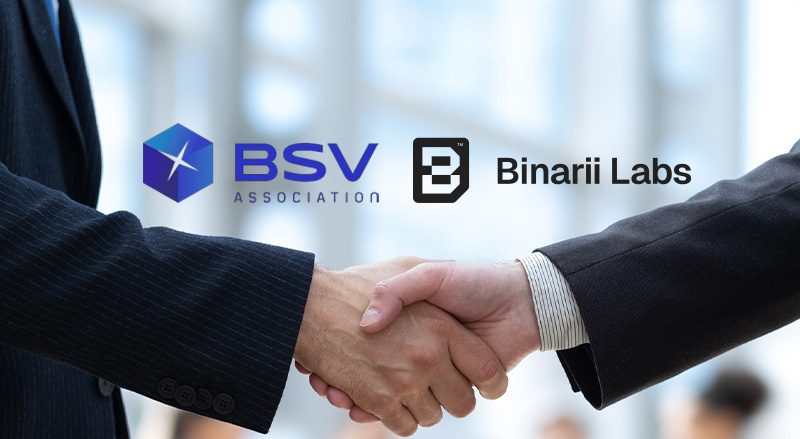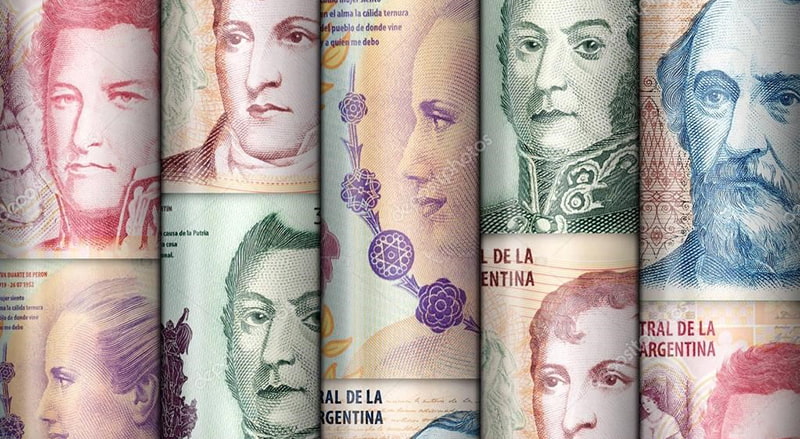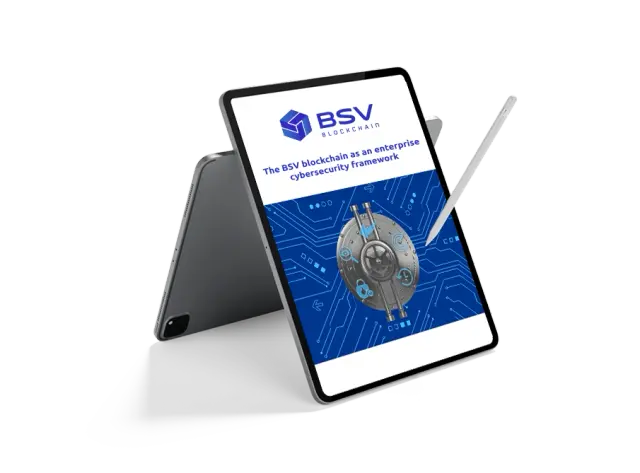BSV Blockchain officially unveiled its new Mandala Upgrade at the BSV DevCon London at the end of May 2024. While Teranode, Overlay services, and SPV wallets make up the core of this upgrade there are several other supporting projects which also form part of this launch, says Thomas Giacomo (Director of Utilisation at BSV Blockchain).
Speaking at the recent London Blockchain Conference, Giacomo said that this includes the open-source development of Teranode, Overlay services, SPV (Simplified Payment Verification) wallets and also the standardisation of BSV libraries: the TypeScript library, the Golang library, and most recently the Python library, he said.
‘We are actively working on the Mandala upgrade, which will be a new upgrade of the network topology with Teranode at the core, then overlay services and SPV wallets,’ he said.
FAQ: BSV Blockchain SPV Wallet
‘To allow developers to use all of the BSV capabilities we are standardising all the libraries in their preferred programming languages and later in the year we are also going to standardise the token protocols and the smart contract libraries.’
The Mandala upgrade and scaling
Giacomo said that the current plan is to test Teranode on the mainnet in Q4 of 2024 and that only miners will use it.
‘For application builders to use and leverage the capabilities of Teranode we need to upgrade the network. SV node was dealing with a lot of the node features and we are moving from a monolithic approach to an overlay approach with some capabilities taken care of by Teranode at the centre of the network.
‘And then some node capabilities (will ) be taken care of by Overlay services and at the edge peer-to-peer communications with SPV wallets.,’ he said.
Giacomo noted that similar biological networks inspire the structure of the Mandala network and consist of the core node network with Teranode. ‘On top of Teranode businesses will have the ability to set up their environment, which we generally call permissioned or private blockchain, but this will be on top of a permissionless and public blockchain,’ he said.
‘And then at the edge, we will have a real implementation of section 8 of the white paper. Which is the SPV implementation through the SPV wallet.’
Giacomo noted that there is a general misconception in the blockchain space that developers think they should run their nodes. ‘If you want to hit one million transactions per second we need to ensure that only miners run their nodes,’ he said.
‘And at the edge, you should simply implement SPV within your wallet to allow peer-to-peer communications and let the miners process the transactions and ensure that they maintain the network.’
Planned rollout
Giacomo noted that the three main components of the Mandala upgrade – Teranode, SPV Wallet and Overlay services – are all on track to launch before the end of the year. He added that the SPV wallet is currently in public beta, overlay service reference implementation will be live in August, and Teranode will be tested on the mainnet by the end of the year.
‘You can go to our website, check the documentation and implement your SPV wallet in your instance. We also have a one-click option on AWS for SPV Wallet.
Finally, following blockchain performance reports issued by IEEE and after discussions with Gartner, ‘We have been testing Teranode with six nodes to ensure that we have the resources to hit that goal of ensuring one million transactions per second.’






